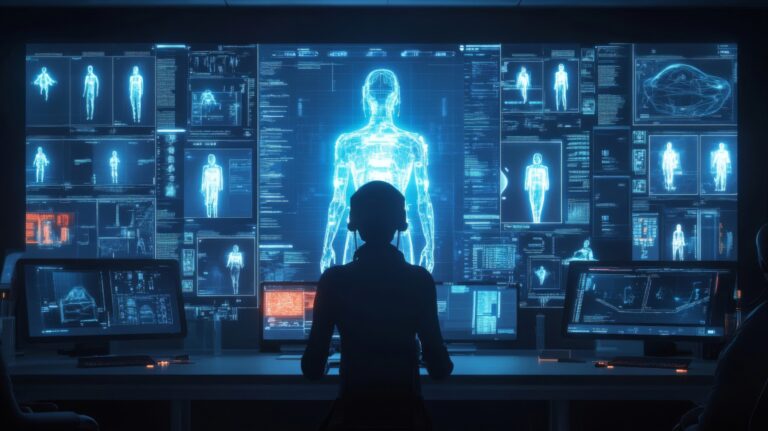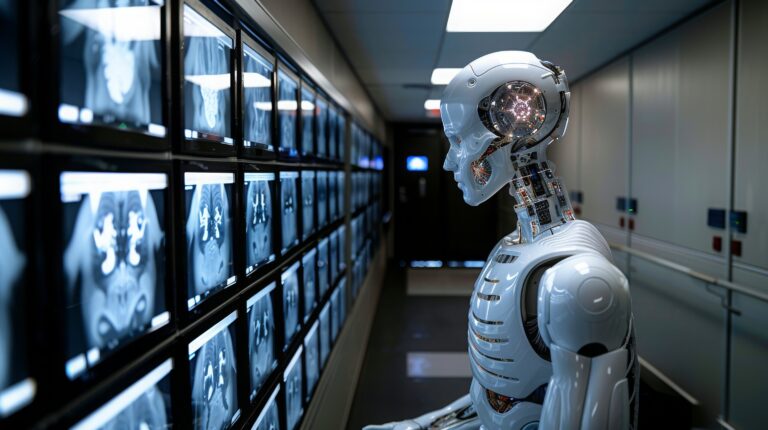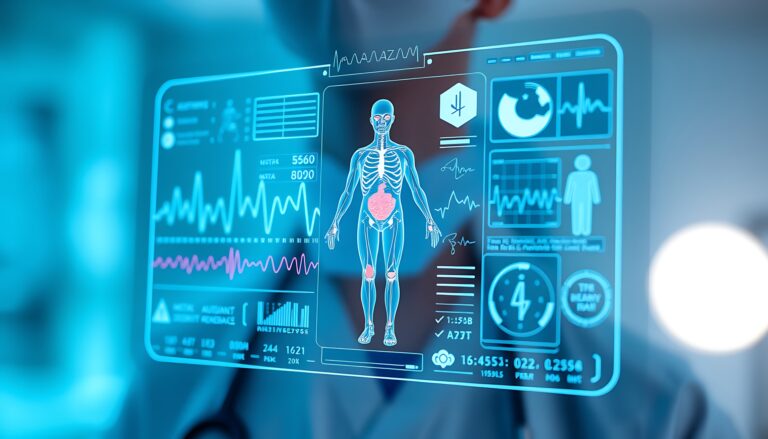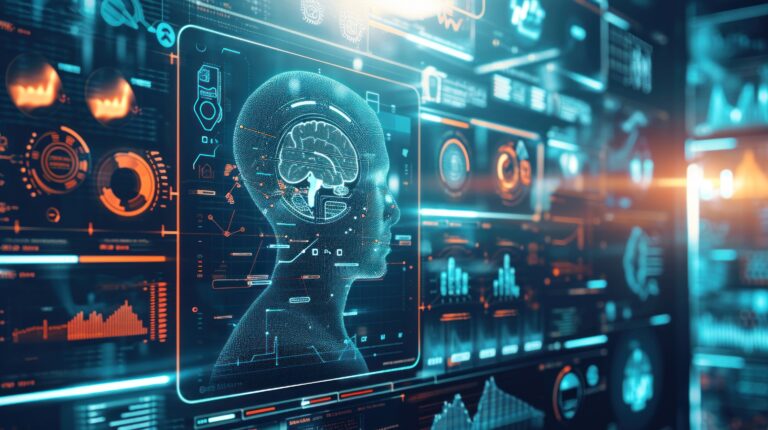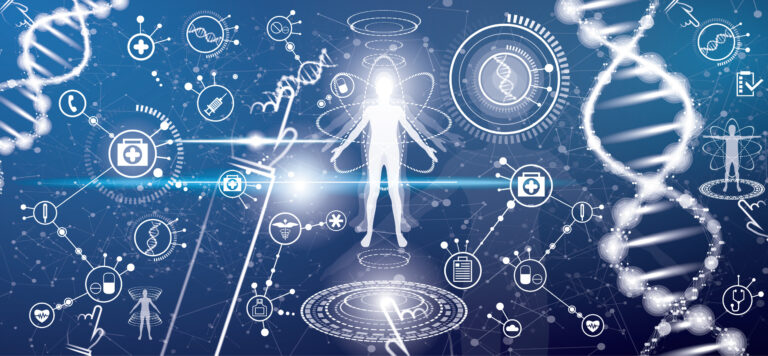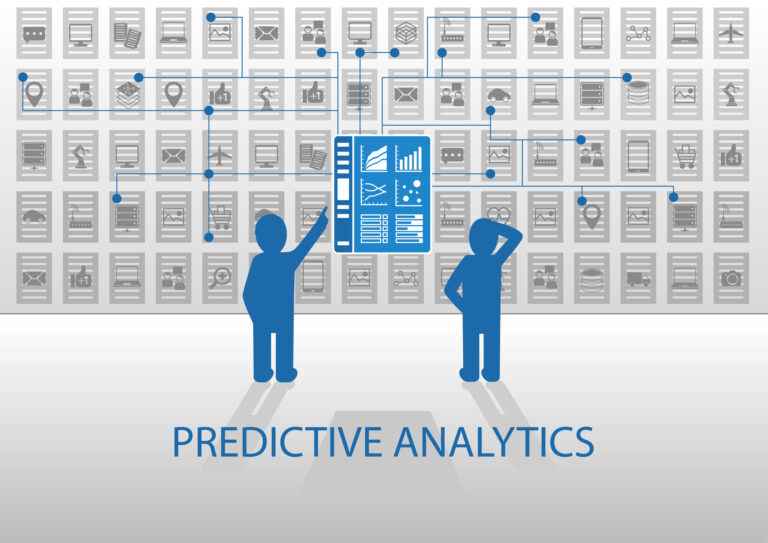Big Data in Medical Imaging
Big Data has become a cornerstone of innovation across various industries, and imaging is no exception. In healthcare, industrial applications, and scientific research, the integration of Big Data with imaging technologies is revolutionising how data is collected, analysed, and utilised. This transformation is reshaping traditional practices, enabling advanced diagnostics, improving efficiency, and paving the way for groundbreaking discoveries.
The Role of Big Data in Medical Imaging
Imaging technologies, such as MRI, CT scans, PET scans, and microscopy, generate massive volumes of data. Traditionally, only a fraction of this data was analysed due to limitations in storage and computational capacity. Big Data frameworks, however, enable the handling of these extensive datasets, offering insights that were previously inaccessible. Through advanced algorithms and artificial intelligence (AI), patterns, trends, and anomalies can now be detected with unparalleled accuracy.
In healthcare, for instance, Big Data analytics applied to imaging data allows clinicians to diagnose diseases earlier and more precisely. AI-driven image analysis can identify subtle signs of conditions like cancer, neurological disorders, and cardiovascular diseases, often outperforming human experts in accuracy and speed. Furthermore, predictive analytics using imaging data helps in assessing the progression of diseases, enabling tailored treatment plans for individual patients.
Applications Beyond Healthcare
While healthcare remains a primary beneficiary, Big Data in imaging extends its impact to other fields. In manufacturing, imaging techniques like X-ray and thermal imaging are combined with Big Data to optimise quality control processes and identify defects in real time. In environmental science, satellite imaging coupled with Big Data analytics is used to monitor climate change, track deforestation, and predict natural disasters.
In scientific research, the combination of imaging and Big Data enables breakthroughs in understanding complex phenomena. For example, in neuroscience, researchers analyse terabytes of brain imaging data to study connectivity and function, aiming to unravel the mysteries of cognition and neurological diseases.
Challenges and Ethical Considerations
Despite its advantages, the integration of Big Data in medical imaging is not without challenges. Data storage and management require robust infrastructure and significant investment. Ensuring data quality and consistency across diverse imaging modalities is critical for meaningful analysis. Moreover, ethical concerns, including patient privacy and data security, must be addressed to maintain trust and comply with regulations.
The Future of Imaging with Big Data
As technology advances, the synergy between Big Data and imaging will continue to evolve. Emerging technologies, such as quantum computing and edge computing, promise to enhance the speed and scalability of data analysis. With ongoing innovation, Big Data in imaging is poised to transform not only healthcare but also industries and research domains, enabling a future where data-driven insights drive better outcomes for society.
You are here:
home » Big Data in Medical Imaging



